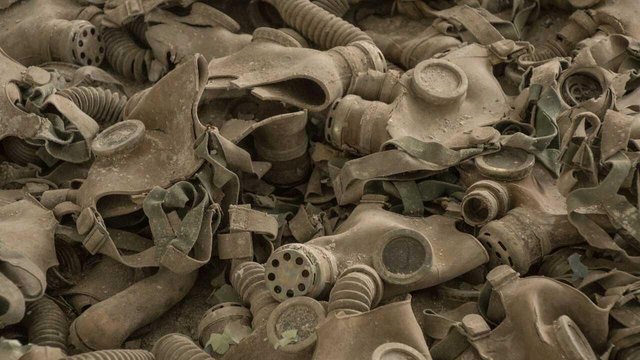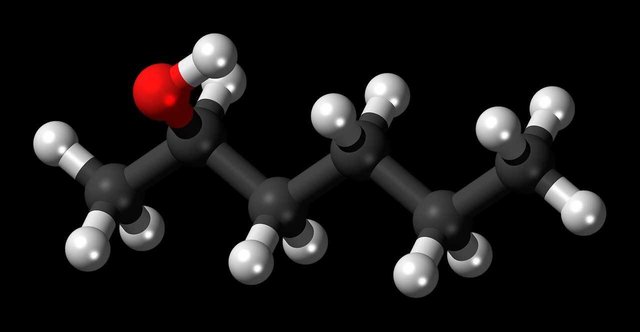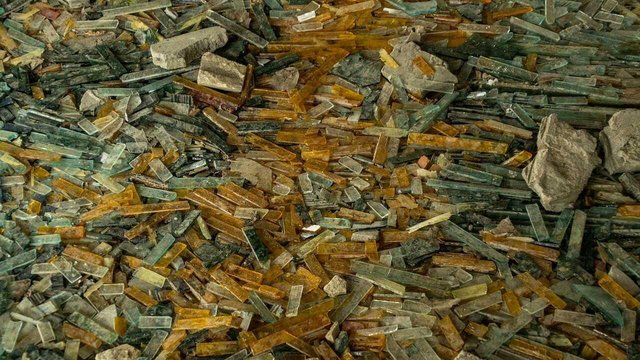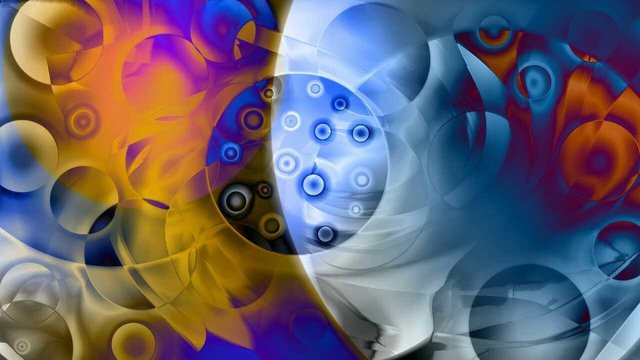Nuclear Science (Part:5).
INTRODUCTION
Nuclear Science is the study of the world of atoms, the term "nuclear" meaning ‘of or relating to or constituting the nucleus of an atom’. The field of particle physics evolved out of nuclear physics. Nuclear science studies how energy is released by the nuclei of atoms when they undergo certain changes, and nuclear technology is concerned with the applications of the findings to various fields— such as agriculture, industry, medicine, etc.
*RADIOISOTOPES; *
- Radioactive decay:

source
Atoms that are either missing or have extraelwctrons and so have a charge are knowm as ions. An atom that has no neutron less or one extra neutron amis called an Isotope. Radioactive isotopes or radioisotopes are isotopes of an element having an unstable nucleus that decays (emitting alpha, beta or gamma rays) untill stability is reached. The stable end product is a nonradioactive isotope of another element. Ordinary Hydrogrn has no proton and no neutron, so it has mass number 1. Heavy Hydrogen, or deuterium, has mass number 2,because it has 1 proton and 1 neutron. A radioactive form of hydrogen, tritium, has mass number 3. It has one proton and two neutrons. Ordinary Hydrogen ,deuterium, Nd tritium are isotopes of Hydrogen. All isotopes of an elemnt have the same Chemical properties. The Uranium nucleus has 92 protons. The most plentiful isotope of Uranium has 146 neutrons. Its mass number is therefore 238 (the sum of 92 and 146). Scientists call this isotope Uranium 238 or U-238. The radioisotope Uranium-238 has 3 more neutrons than Uranium and decays to Lead-206.

source
Carbon 14 has eight neutrons and six protons. When its nucleus transforms, a neutron changes into a proton, an electron, and an antineutrino. After emission of the electron and antineutrino, the nucleus contains seven protons and seven neutrons. Its mass number remains the same, but its atomic number 7 is nitrogen. Thus C changes to N after emission of a negative beta particle. A carbon isotope, C emits positrons. Carbon 11 has six protons and five neutrons. When it emits a positron, one proton changes into a neutron, a positron, and neutrons. The mass number remains the same, but the atomic number drops by one. The element of atomic number 5 is boron. Thus, C changes into B after emission of a positron and a neutrino.
If the nucleus changes into the nucleus of a different element, the change is called transmutation.

source
Radioactive decay is the process by which a nucleus spontaneously (naturally) changes into the nucleus of another isotooe or element. The process releases energy chiefly in the form of nuclear radiation. The decay process happens of its own accord and cannot be controlled; it ie unaffected by temperature changes, and occurs whether the material is pure or combined chemically with other elements. Uranium, Thorium and several other natural elements decay spontaneously and so add to the natural, or background, radiation that is always present on the earth. Nuclear reactors produces radioactive decay artificially. Nuclear radiation accounts for 10 percent of the energy produced in a nuclear reactor.
Scientists measure radioactive decay in units of time half-lives. A half-life equals the time required for half the atoms of a particular radioactive element or isotope to decay into another element or isotope.
The number of particles emitted in a guven length of time by a sample of radioisotope equals a definite percentage of the number of atoms in the sample. For example, in any sample of C, 3.5 per cent of the atoms break fown each minute. At the end of a minute, only 96.5 percent of the sample will remain. At the end of the second minute, only 96.5 percent of the previous 96.5 percent, or 93.1 per cent of the original amount, will remain. At tge end of 20 minutes, only half of tge original quabtity will remain. This dying away of a substance is called radioactive dying or nuclear transformation.

source
Different radioisotope have different half-lives. They may range from fractions of a second to billions of years. With a few exceptions, the only radioisotope found in nature in detectable quantities are those with half-lives of many millions or even billions of years. Scientists believe that when the elements that made up the earth were formed,all possible isotopes were present. Generally, those will short half-lives have decayed to undetectably small amounts. Byt some naturally occurring short-lived radio-isotope have been formed by the decay of long-lived radio-isotope. For example, thorium-234, which has a short half-life, is produced from Uranium, which has a long half-life.
Hundreds of short-lived radioisotopes are produced artificially by bombarding nuclei with neutrons reactors. When a neutron or other particle strikes an atom's nucleus, the nucleus is likely to capture it. Insl some cases, a nucleus captures a particle and immediately gives off some of its own particles.

Are you a nuclear scientist or a radiologist? You wrote this one so detailed! ^_^ I already followed you Mr. @peerzadazeeshan, hopefully, you'll follow me back!
^_^ Thanks for sharing! This is a new knowledge for me in highschool.
you are welcome @talentedkid